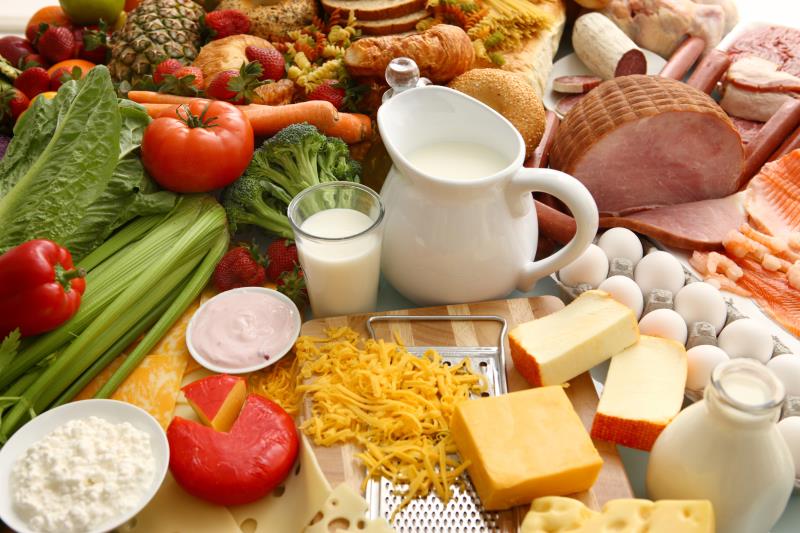
Consumption of certain foods may affect the risk of ischaemic or haemorrhagic stroke, with different foods implicated in the different stroke subtypes, a European study has shown.
“The most important finding is that higher consumption of both dietary fibre and fruit and vegetables was strongly associated with lower risks of ischaemic stroke, which supports current European guidelines,” said first author Dr Tammy Tong from the Nuffield Department of Population Health, University of Oxford, Oxford, UK.
“The general public should be recommended to increase their fibre and fruit and vegetable consumption, if they are not already meeting these guidelines.”
Tong and co-authors examined data of 418,329 individuals from nine European countries (the EPIC* cohort). Country-specific questionnaires were deployed to assess dietary intake over the year pre-enrolment. Over the mean 12.7-year follow-up period, 4,281 cases of ischaemic stroke and 1,430 cases of haemorrhagic stroke were documented.
A higher consumption of fruits and vegetables was associated with a lower risk of ischaemic stroke (adjusted hazard ratio [adjHR], 0.87 per 200 g/day, 95 percent confidence interval [CI], 0.82–0.93; ptrend<0.001). [Eur Heart J 2020;doi:10.1093/eurheartj/ehaa007]
Other foods associated with a reduced risk of ischaemic stroke were dietary fibre (adjHR, 0.77 per 10 g/day, 95 percent CI, 0.69–0.86; ptrend<0.001) and dairy (milk: adjHR, 0.95 per 200 g/day, 95 percent CI, 0.91–0.99; ptrend=0.02; cheese: adjHR, 0.88 per 30 g/day, 95 percent CI, 0.81–0.97; ptrend=0.008; yoghurt: adjHR, 0.91 per 100 g/day, 95 percent CI, 0.85–0.97; ptrend=0.004). Conversely, a higher intake of red meat showed a trend toward increased risk of ischaemic stroke (adjHR, 1.07 per 50 g/day; ptrend=0.20).
For haemorrhagic stroke, a higher intake of eggs was linked to an increased risk (adjHR, 1.25 per 20 g/day, 95 percent CI, 1.09–1.43; ptrend=0.002).
According to the authors, the associations may at least be partially explained by the effects of the foods on blood pressure (BP) and cholesterol. For example, in this study, higher egg consumption was linked to slightly elevated systolic BP, while fibre was associated with reduced non-HDL-cholesterol levels, they said.
The authors noted the lack of association between fish intake and stroke, which contrasts with findings of previous meta-analyses that showed an inverse association between fish intake and both stroke subtypes. [BMJ 2012;345:e6698; Eur J Clin Nutr 2012;66:1199-1207] Tong and co-authors put this down to between-study heterogeneity in the meta-analyses which included variations with fish type, location, and preparation methods. In addition, the lack of association between legume or nut intake with stroke risk could be due to low consumption of these foods among the study population, they said.
In terms of dietary association with stroke, previous research has largely looked at stroke risk as a whole and not broken down into subtypes, said the researchers. [Crit Rev Food Sci Nutr 2019;59:1071-1090]
“Our study also highlights the importance of examining stroke subtypes separately, as the dietary associations differ for ischaemic and haemorrhagic stroke, and is consistent with other evidence, which shows that other risk factors, such as cholesterol levels or obesity, also influence the two stroke subtypes differently,” said Tong.
The observational study design prevents determination of causality, and the primarily Caucasian population limits the generalizability of the findings, the authors noted. Lack of data on medication use and the single assessment of dietary intake were also limitations.